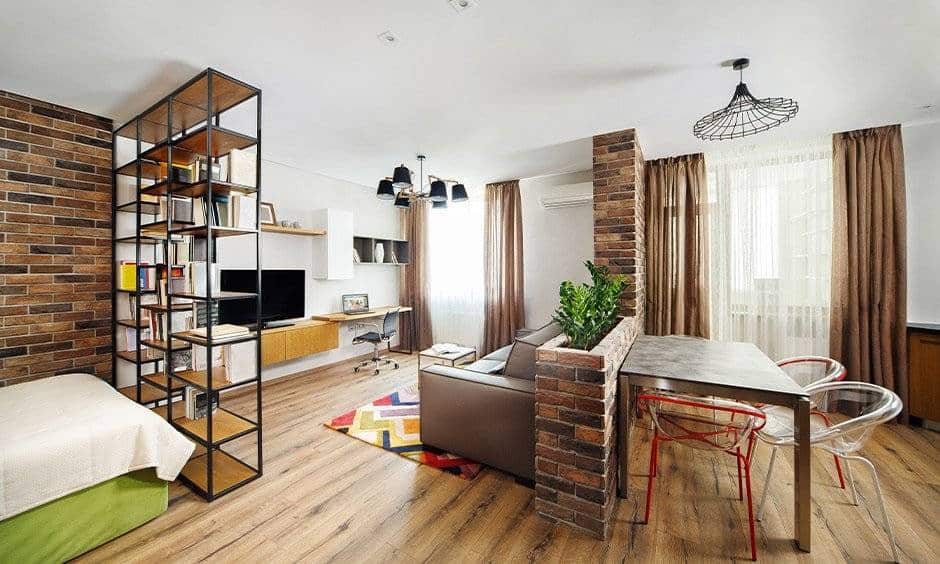The line between work life and home life continues to blur as remote work becomes increasingly common.
Creating a functional home office has become essential for productivity, regardless of your living situation or square footage. Whether you have a dedicated room, a quiet corner, or just a small nook, transforming any space into an efficient workspace is entirely possible with thoughtful planning and creative solutions.
A well-designed home office can serve multiple purposes, adapting to your changing needs throughout the day.
Assess Your Space and Needs
Before purchasing furniture or accessories, take time to evaluate both your available space and your specific work requirements.
Consider what technology and accessories you’ll regularly use – from laptop stands to phone cases and charging stations – and ensure your setup accommodates these essentials.
Think about how you’ll use the space when you’re not working, as many home offices need to serve double duty as guest rooms, dining areas, or family spaces.
Choose Multifunctional Furniture

The cornerstone of a versatile home office is furniture that serves multiple purposes. A desk with built-in storage, foldable workspace, or adjustable height provides significant flexibility in limited spaces.
Consider a secretary desk that closes to conceal work items, a Murphy desk that folds into the wall when not in use, or a console table that can serve as both a workspace and dining table.
For extremely tight spaces, a wall-mounted drop-leaf desk creates a workspace that virtually disappears when folded up.
Maximize Vertical Space
When floor space is limited, look upward to expand your office functionality. Wall-mounted shelving, floating desks, and overhead storage can dramatically increase your available workspace without consuming precious square footage.
Vertical file folders mounted to walls keep important documents accessible without cluttering your work surface. Even the space under your desk can be optimized with rolling file cabinets or storage ottomans that tuck away when not needed.
Create Visual Boundaries
A dedicated workspace benefits from visual separation from the rest of your living environment, even when physical separation isn’t possible. This distinction helps mentally transition between work and personal time while creating a more professional background for video calls.
Room dividers, bookcases, curtains, or decorative screens can establish boundaries in open floor plans. Even a distinctive area rug under your desk can effectively define your workspace within a larger room.
Incorporate Smart Storage Solutions
Clutter is the enemy of productivity, making effective storage essential in multifunctional spaces. Look for furniture and accessories that conceal work items when not in use, maintaining a peaceful living environment during off hours.
Document boxes that resemble decorative books, ottomans with hidden storage compartments, and decorative baskets can house office supplies while contributing to your home’s aesthetic. Digital storage solutions reduce paper clutter, while cable management systems keep technology connections tidy.
Prioritize Physical and Visual Comfort
A comfortable workspace promotes both productivity and well-being. Ergonomic considerations become even more important at home, where makeshift setups can lead to physical strain over time.
Position your monitor at eye level, whether on a proper stand or a stack of books. Ensure your seating allows your feet to rest flat on the floor with knees at approximately 90 degrees. Consider a footrest if needed to achieve proper positioning.
Incorporate elements that bring you visual joy and comfort—plants, artwork, or a small water feature can make your workspace more inviting. Proper lighting reduces eye strain, with task lighting for detailed work and adjustable options to accommodate changing natural light throughout the day.
Your Space, Your Rules
The beauty of a home office lies in its ability to reflect your personal work style while adapting to your living situation. Unlike corporate environments with standardized designs, your workspace can evolve with your changing needs and preferences.
The most successful multifunctional home offices balance productivity with lifestyle, creating spaces that support focused work without sacrificing comfort or personal expression.
By thoughtfully designing a space that transitions smoothly between functions, you create not just a place to work, but a versatile environment that enhances your entire home experience.

